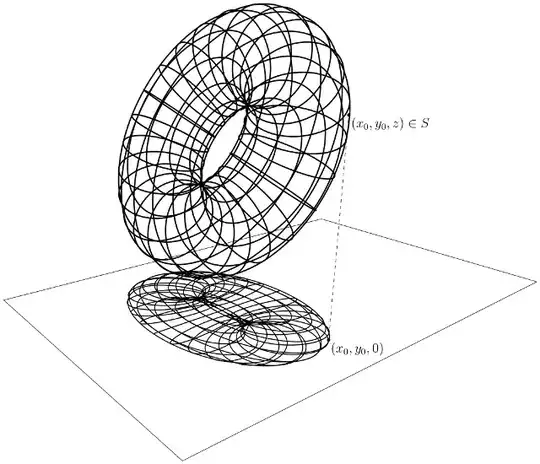$\newcommand{\Reals}{\mathbf{R}}$I am struggling with the concept of a shadow in $\Reals^3$. My professor provided the class with the following definition:
Given $S \subset \Reals^3$, the Shadow of $S$ in the $XY$ plane is equal to $$\{(x,y,0) | \text{$Z$ ray determined by $(x,y,0)$ hits the solid.}\}$$
This was what was written on the blackboard in my Calculus class. What exactly does this mean, and is there a better way to define a shadow? How does this translate to deriving the shadow for any shape in $\Reals^3$? Does deriving a shadow work differently when considering a cylindrical or spherical coordinate system, and if so, how?
